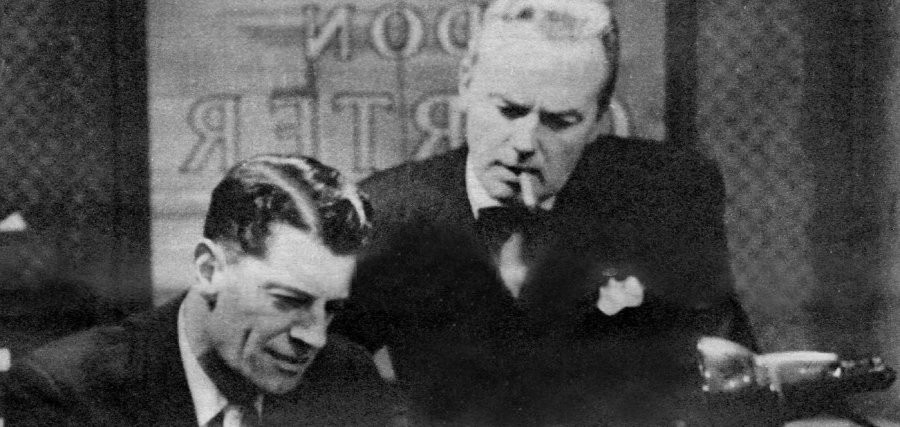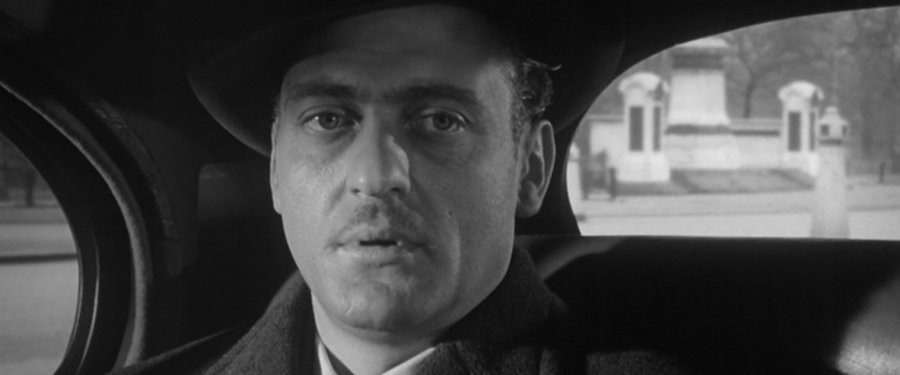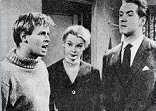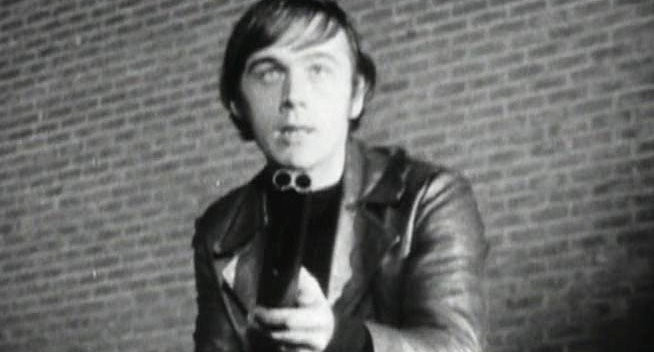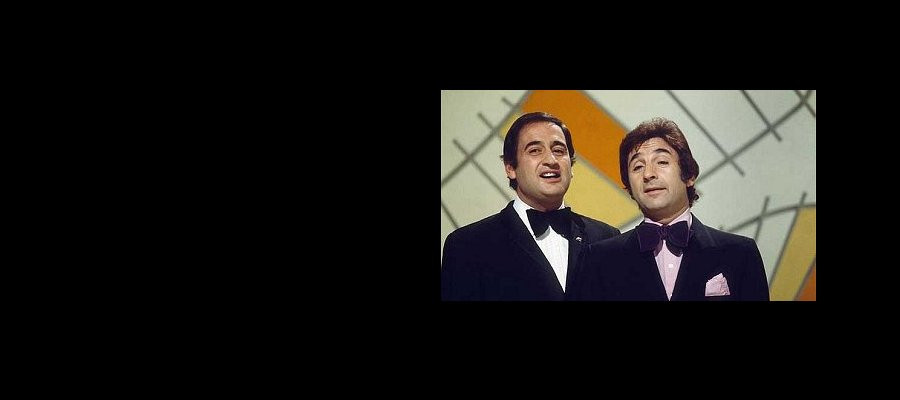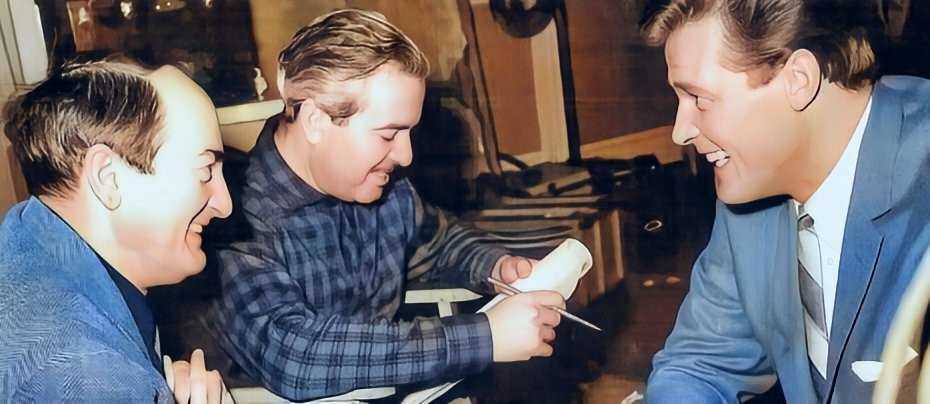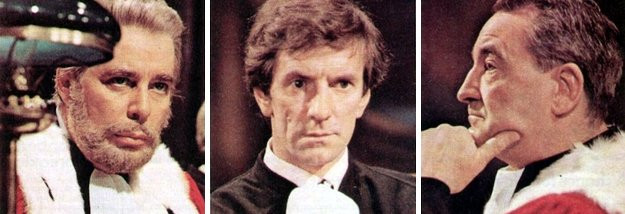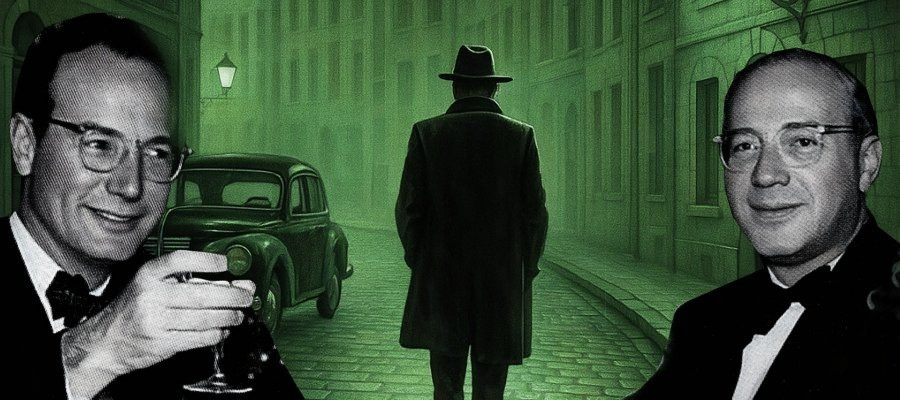
The Danziger Bothers
Pioneers of British Low-Budget Screen Entertainment
Edward J. and Harry Lee Danziger, two American brothers with a flair for frugality and an unrelenting work ethic, carved out an unlikely but immensely successful niche in post-war British film and television. As founders of the prolific production company Danziger Photoplays, the pair became the most financially successful independent television producers in the UK during the 1950s. Though rarely lauded for artistic achievement, the Danzigers left an indelible mark on British popular culture through sheer volume of output and strategic use of modest resources.
Before their British venture, the Danziger brothers had already made modest waves in American media. Edward, trained in law and a former US Army officer involved in the Nuremberg War Crimes Tribunal, and Harry, a music graduate and former cruise ship trumpeter, initially operated a sound studio in New York. There, they specialised in dubbing foreign films for American audiences.
Their transition to film production began in 1949 with Jigsaw, a provocative drama tackling race hatred, followed by socially conscious titles such as So Young So Bad and light-hearted fare like St Benny the Dip and Babes in Bagdad—the latter a comedic take on Arabian Nights tales shot on location in Spain.

In 1952, the brothers relocated to Britain and soon began producing short television films. Their first major British project, Calling Scotland Yard (1953), a half-hour crime anthology, was initially intended for television but saw most of its episodes released in cinemas as 27-minute supporting featurettes. Directed in part by the recently Hollywood blacklisted Joseph Losey, the series gained eventual exposure in the US through NBC under the title Adventure Theatre.
Despite the unconventional distribution of their early British work, the Danzigers found a receptive audience in the UK and established themselves as reliable purveyors of supporting features and low-cost television series. They initially operated out of established studios—Shepperton, Boreham Wood, Nettlefold—before establishing their own production base.
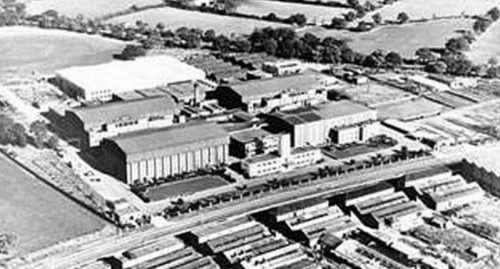
In 1956, the Danzigers founded New Elstree Studios in Hertfordshire, converting a former wartime aero-engine testing site into a full-scale production facility. With six sound stages and extensive exterior sets spread over seven and a half acres, New Elstree became the beating heart of their operation, employing around 200 staff at its peak.
Here, they churned out second features and TV episodes with impressive efficiency. Second features were shot in as little as five days, and their television output reached a staggering rate of two episodes per week.
The Danzigers’ most enduring television project was The Vise, an anthology crime series introduced by Australian actor Ron Randell, which opened each episode with the portentous monologue: "The story we're going to tell is about people caught in the jaws of a vise – in a dilemma of their own making!" Over the course of more than 65 episodes, a rotating cast enacted a succession of noir-tinged morality tales, each exploring the consequences of human weakness, deception, and desperation. Like much of their output, The Vise evolved quickly—shifting format in 1955 to become a mystery series centred around the one-armed detective Mark Saber, played by Donald Gray. The series, rebranded as Mark Saber and later Saber of London, aired in both the UK and US and ran until 1959. Its stories, often twist-laden and formulaic, nonetheless gained a foothold with viewers thanks to their dependable, if undemanding, entertainment value.
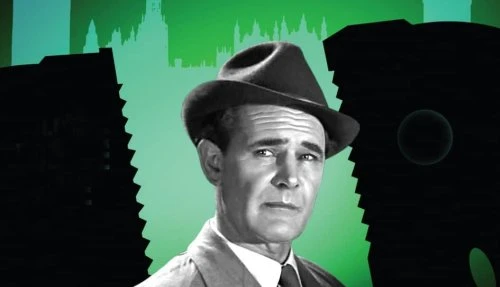
Following Saber’s success, the Danzigers launched several further series in rapid succession. The Man from Interpol (1960), starring a youthful Richard Wyler, struggled to find the right tone between boyish enthusiasm and hard-nosed crime drama, and was widely considered one of their weaker efforts.
Their next venture, The Cheaters (1961), was a slightly more ambitious production. Led by American actor John Ireland, the series followed the investigations of an insurance claims detective and benefited from on-location shooting on the streets of London as well as a stylish, jazzy score by composer Bill Le Sage. With 39 episodes in total, it had all the elements for success. Yet, despite these promising ingredients, The Cheaters failed to make a significant impact. The series suffered from a fragmented screening history on ITV, rarely appearing in prime time and often relegated to late or regional slots.
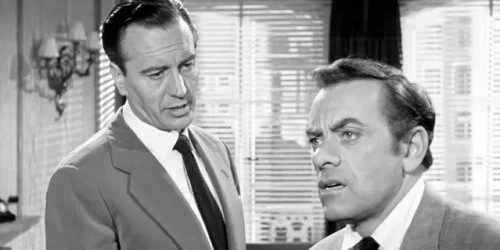
The Cheaters barely maintained the brothers’ presence on British and American screens. Richard the Lionheart, starring Dermot Walsh, however, marked their most expensive and ambitious venture, featuring elaborate period settings and recurring villainous turns from Francis de Wolfe and Trader Faulkner.
By 1961, as Richard the Lionheart neared completion, the Danzigers’ cinematic empire was winding down. Their final second feature, The Spanish Sword (1962), reused sets and costumes from the Lionheart series—a cost-saving practice emblematic of their entire operation.
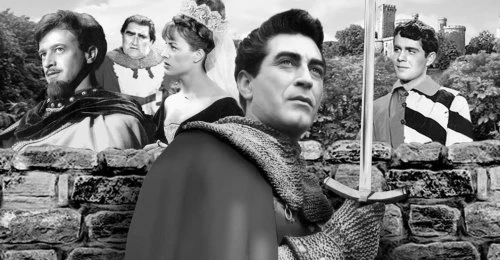
While still filming Lionheart, the brothers briefly entertained plans for a new colour series based on Ali Baba, but the project was abandoned after Associated Rediffusion pulled out. Perhaps sensing a shift in industry economics and audience expectations, the brothers began to pivot away from production.
In 1958, at the height of their productivity, the Danzigers had purchased the Gordon Hotels group, managing prestigious properties including the Mayfair and Grosvenor hotels in London and the Metropoles in Brighton, Folkestone, and Monte Carlo. With their film career declining, they increasingly focused on hospitality.
By 1964, they had sold Gordon Hotels and shifted into cinema exhibition, joining the board of the Shipman and King Cinemas group, which owned 34 venues in southern England. The final chapter of their production story came in October 1965, when they sold New Elstree Studios to RTZ Metals, a subsidiary of the mining conglomerate Rio Tinto Zinc, for £300,000.
Between 1953 and 1961, the Danziger brothers produced around 400 half-hour television episodes and upwards of 140 second features. At their peak, they were turning out 16 second features annually alongside two 39-episode TV series—a prodigious output unmatched by any other British independent at the time.
Though often criticised for prioritising quantity over quality, the Danzigers filled a crucial niche in post-war British entertainment. Their cost-effective productions kept cinemas stocked with supporting features and televisions filled with crime serials. For a generation of British audiences, the Danziger name became synonymous with reliable—if not exactly refined—screen storytelling.

Their story, marked by ingenuity, opportunism, and relentless drive, remains a unique chapter in the history of British film and television.
Published on July 18th, 2025. Written by Laurence Marcus for Television Heaven.


